Dogs and Humans – A Special Relationship
🐕 Exploring 14,000 Years of Companionship, Loyalty, and Partnership



Dogs have been man's companions for over 14,000 years. Descended from the wolf family, early dogs roamed Europe, Asia, and North America. Evidence from cave drawings, pottery, and ancient carvings reveals their long-standing relationship with humans. These loyal animals have played diverse roles—from household pets to hunting partners and protectors—cementing their place as "man's best friend."
Classifying dogs into categories began with the Romans. They established the following categories:
Today, dogs are classified into similar categories. With over 300 breeds worldwide and approximately 50 million dogs in the United States alone, the American Kennel Club recognizes 148 breeds. These breeds are divided into seven groups:
| Group | Breeds | Original Uses |
|---|---|---|
| Terrier | Airedale Terrier, Bedlington Terrier, Bull Terrier, Cairn Terrier, Irish Terrier, Fox Terrier, Jack Russell Terrier | originally used in catching prey such as foxes, badgers, and rabbits |
| Working | Collie, Boxer, Alaskan Malamute, German Shepherd Dog, St. Bernard | muscular, even-tempered, and obedient |
| Sporting | Pointers, Retrievers, Setters, Spaniels | active dogs - hunt by air scent |
| Hound | Beagles, Foxhounds, Bloodhounds | track their prey by ground scent |
| Hound | Whippets, Borzois, Salukis | hunt mainly by sight |
| Herding | Pembroke or Cardigan Welsh Corgi | drive livestock and keep farm animals from straying |
| Toy | Pekingese, Pomeranian, Pug | pets and companions |
| Non-Sporting | Boston Terrier, Bulldog, Chow, Dalmatian, Poodle | bred principally as pets and companions |
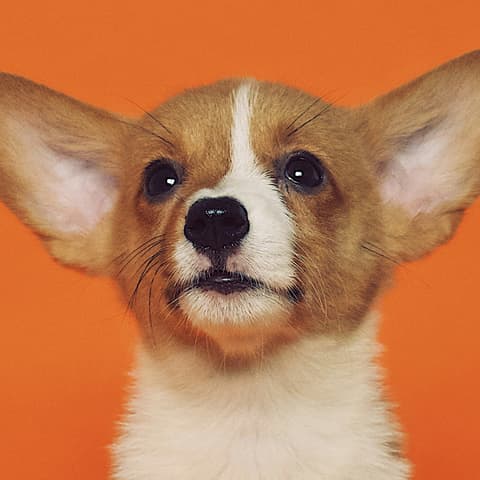
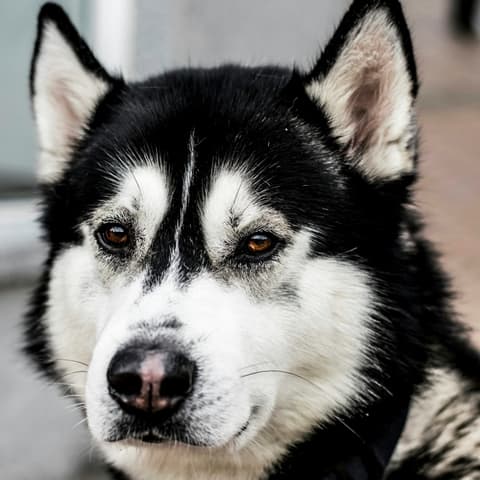


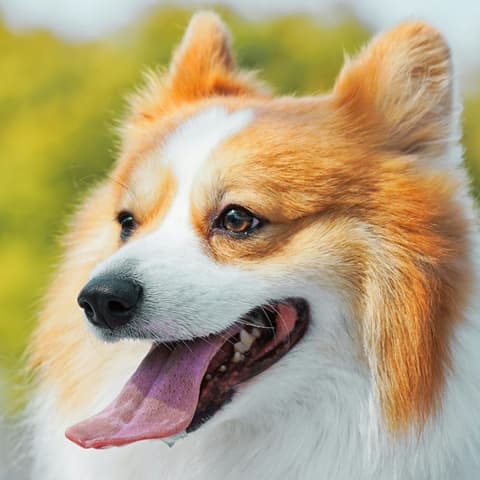
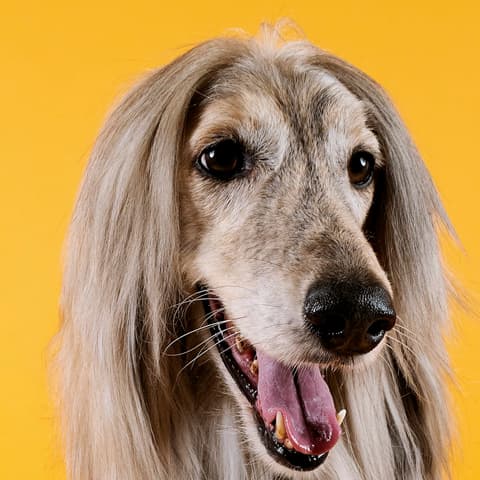
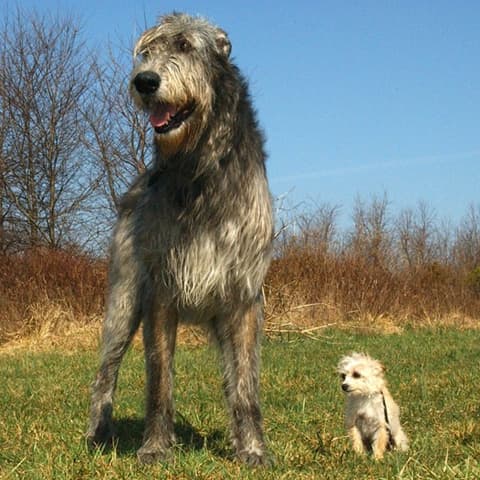
Dogs vary greatly from breed to breed. The smallest breed is the Chihuahua, weighing only 4 pounds and standing 5 inches high at the shoulders. The tallest breed is the Irish wolfhound, reaching about 39 inches at the shoulder. The St. Bernard is the heaviest dog, weighing up to 200 pounds. Some breeds, like the Yorkshire terrier, have hair up to two feet long, while others, such as the Mexican hairless, have no hair at all. Fur textures also differ, ranging from curly to straight, and some breeds have a double coat for protection against harsh weather. Dogs also have diverse facial features, from long muzzles to flat faces like the Pug. Ear shapes vary, with some breeds having pointed ears and others having pendulous ears that hang down. Leg lengths also differ significantly, with greyhounds having long legs while basset hounds and dachshunds have short ones. Even the chow chow has a unique black tongue!
Despite their vast differences in appearance, all dogs share the same anatomy. They have 321 bones and 42 permanent teeth. Most dogs possess an extraordinary sense of smell, far superior to that of humans, and they can detect high-pitched sounds beyond human hearing capabilities. Dogs mature quickly, typically reaching adulthood by six months old, with smaller breeds maturing faster than larger ones. Female dogs experience a reproductive cycle lasting six to twelve days approximately twice a year.
Puppies are born helpless. They are blind and unable to stand. In their first few weeks, they sleep ninety percent of the day, spending the remaining time nursing. Their eyes open between 13 and 15 days after birth. Between 4 and 10 weeks, puppies form strong attachments to their mother and siblings. Puppies should not be separated from their mothers until they are at least eight weeks old.
New puppies should be taken to a veterinarian for a physical examination and vaccinations. These immunizations protect against various diseases.
Result: Viral disease that damages the liver
How it Spreads: Direct contact with an infected dog’s saliva, blood, or urine
Impact on Humans: Measles immunization protects humans
Result: Bacterial disease that damages the liver
How it Spreads: Contact with infected soil, water, food, bedding, or animal bites
Impact on Humans: Avoid swimming in water contaminated with animal urine
Result: Harms the intestinal tract
How it Spreads: Between dogs
Impact on Humans: Does not cross between species
Result: Attacks the nervous system
How it Spreads: Primarily through dog bites
Impact on Humans: Usually through bites from infected animals
Result: Damages heart tissue
How it Spreads: Can only be passed on by mosquitoes
Impact on Humans: Cannot be passed to humans

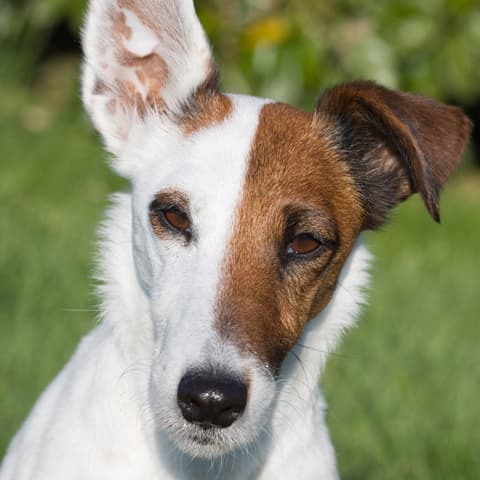
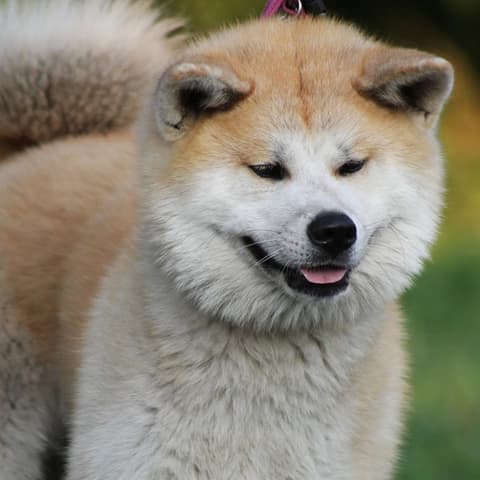
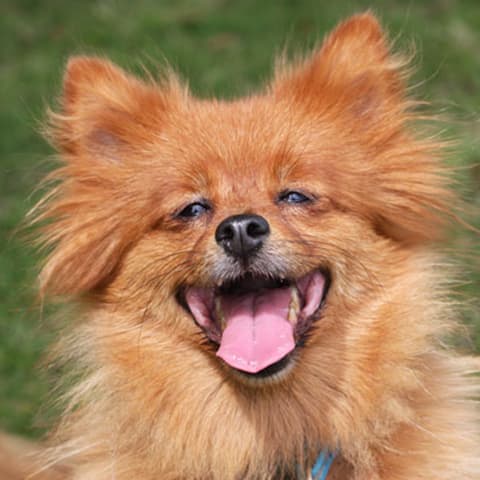
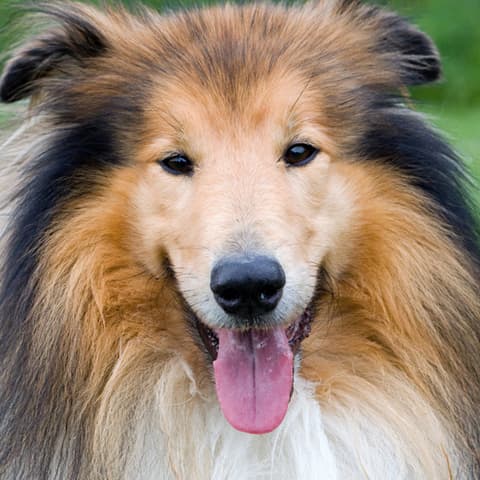
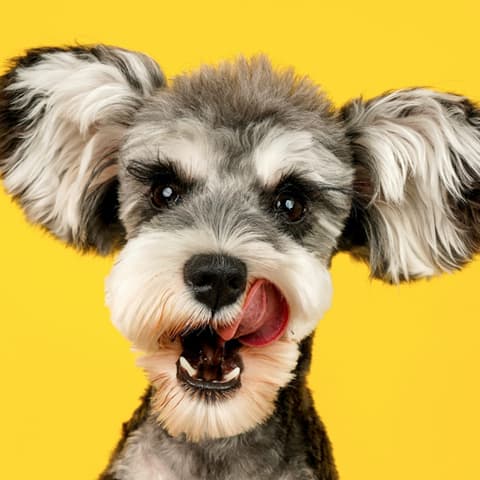
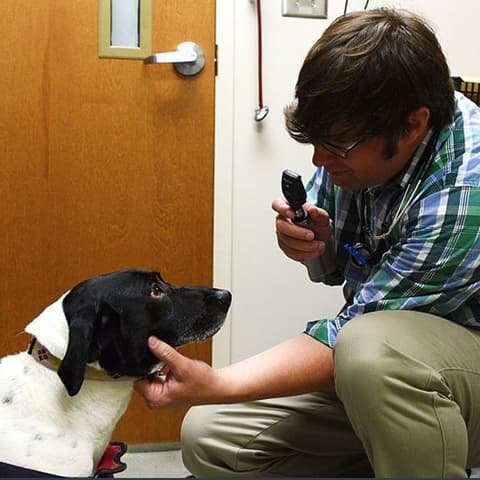
When a puppy reaches six months old, it should be spayed or neutered if it is a non-breeding dog. Puppies require special care, including a proper diet and plenty of water. They should be fed three times a day and have access to fresh drinking water at all times.
A dog’s normal body temperature is 101.5ºF. When dogs overheat, they stick out their tongues and pant to cool down. All dogs need proper shelter. Indoor dogs must be taken outside regularly, while outdoor dogs require a warm, dry house with bedding such as cedar shavings, sawdust, or blankets. Protection from extreme weather—cold, rain, and sun—is essential for an outdoor pet. Dogs also need exercise and a clean sleeping area, whether indoors or outdoors.